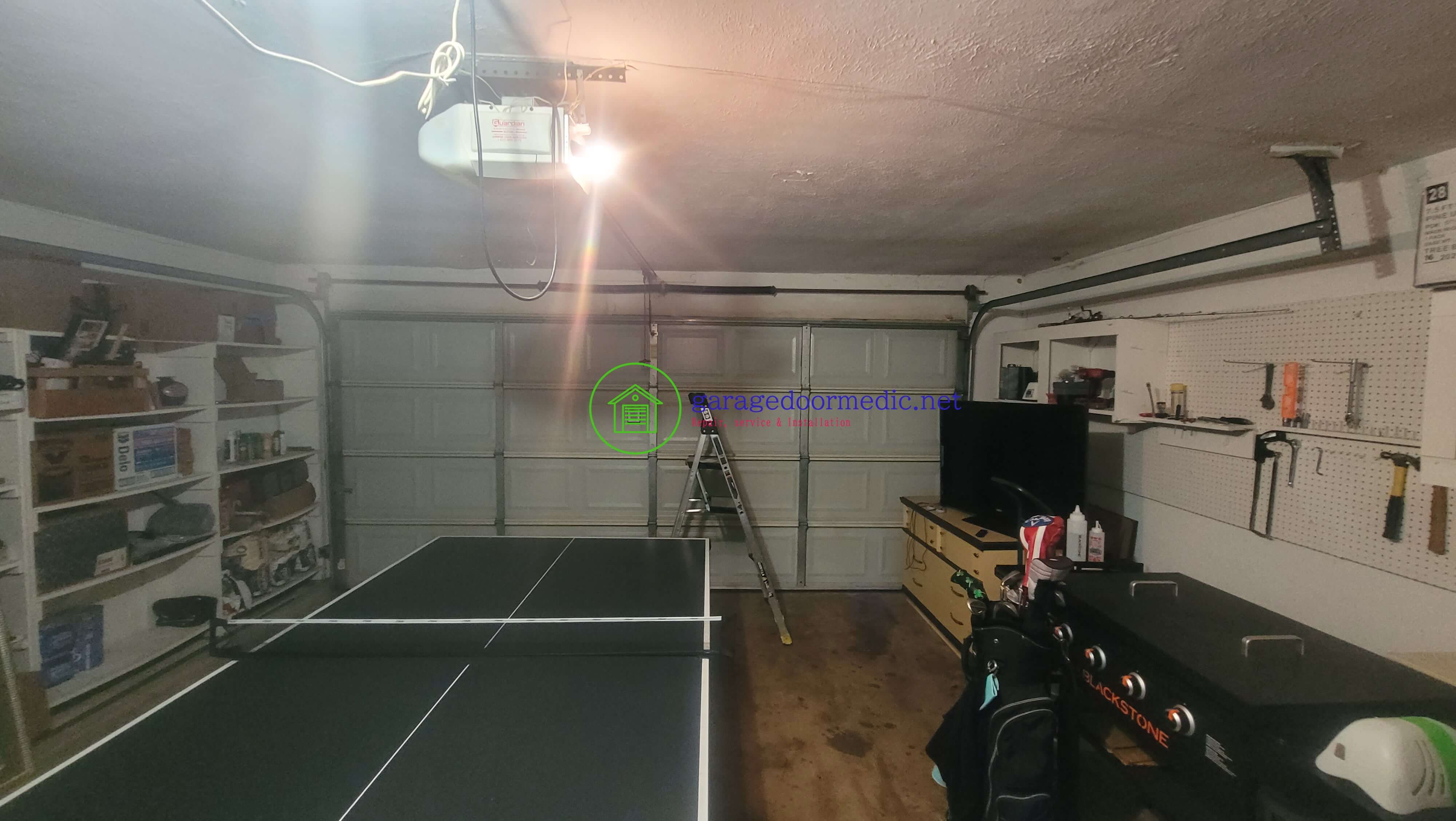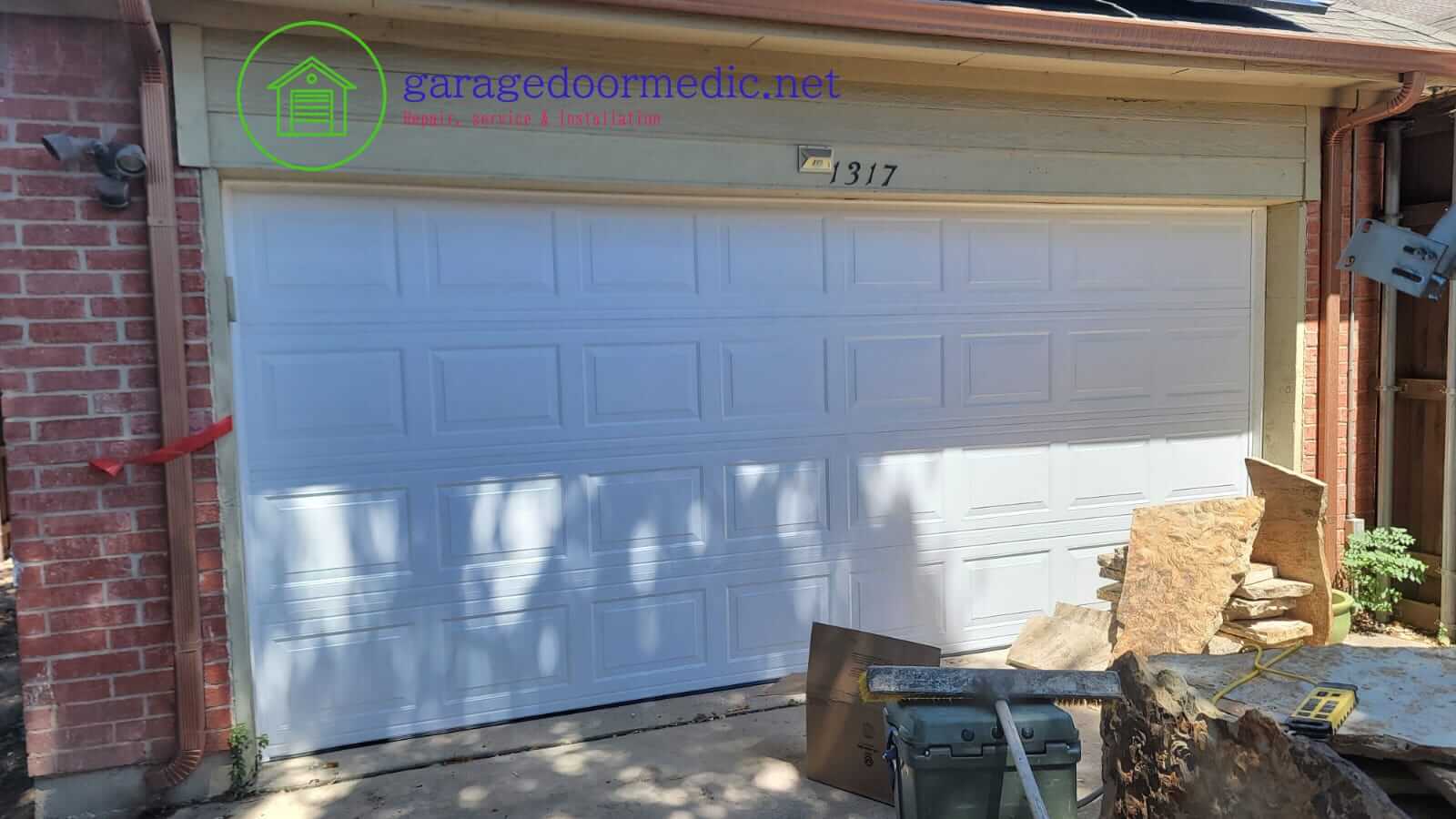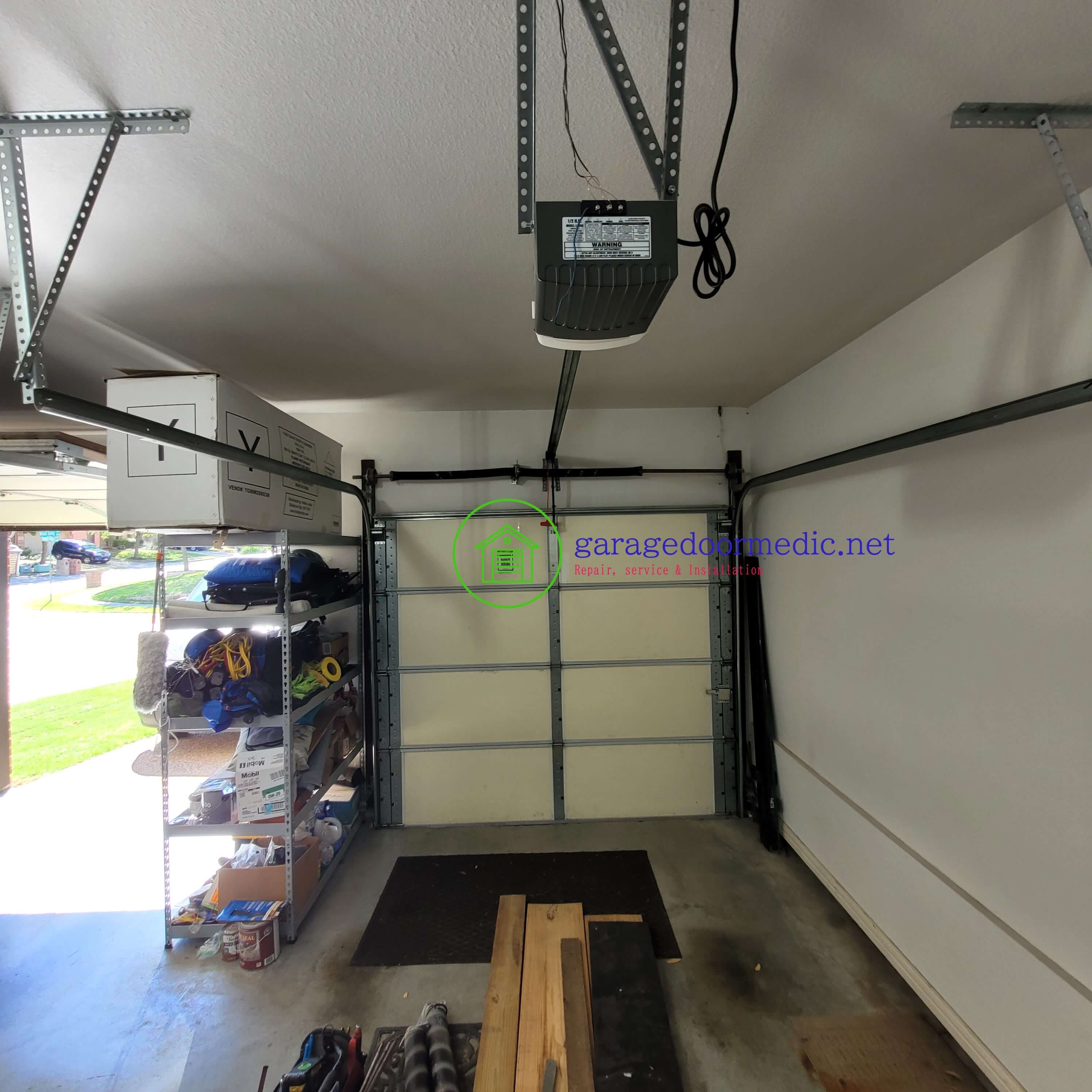Opener History
The history of the garage door opener is a tale of innovation, convenience, and safety improvements spanning over a century. Here's a brief overview:
Early 20th Century
Early Manual Systems
In the early 20th century, garages were often simple structures, and opening and closing the doors was a manual task. These doors were typically large and heavy, making them cumbersome to operate.1926
First Electric Garage Door Opener
The first electric garage door opener was invented by C.G. Johnson in 1926. Johnson's invention, called the "Upward-Acting Garage Door," utilized a motorized device to lift the garage door.1930s
Radio-Controlled Garage Door Openers
In the 1930s, radio-controlled garage door openers began to emerge. These openers allowed homeowners to operate their garage doors from inside their cars using a remote control.1940s-1950s
Post-War Innovations
After World War II, there was a surge in innovation and technological advancements, including improvements in garage door opener technology. Garage door openers became more reliable and affordable during this time.1970s
Safety Reversing Mechanisms
In the 1970s, safety became a major focus for garage door opener manufacturers. The introduction of safety reversing mechanisms, such as photoelectric sensors and pressure-sensitive sensors, helped prevent accidents and injuries caused by closing garage doors.1990s
Rolling Code Technology
In the 1990s, rolling code technology was introduced in garage door openers. This technology enhances security by changing the access code each time the remote control is used, making it more difficult for unauthorized individuals to gain access.21st Century
Smart Garage Door Openers
With the rise of smart home technology in the 21st century, garage door openers have become more advanced and connected. Smart garage door openers can be controlled and monitored remotely using smartphones, and they often integrate with other smart home devices and platforms.Throughout its history, the garage door opener has evolved from a simple convenience to an integral component of modern home security and automation systems. Innovations continue to improve safety, convenience, and connectivity in garage door opener technology.
Door History
A garage transcends its basic function as a mere parking spot for a car. Its evolution, intricately woven into the history of garage doors, showcases a fascinating journey of innovations and adaptations, offering a plethora of options for today's homeowners and businesses when selecting the ideal garage door. Let's delve into the captivating twists and turns that have shaped the narrative of garage door development:
THE EARLIEST GARAGES
The inception of garage doors traces back thousands of years, possibly to 3500 BC or even earlier, coinciding with the emergence of wheels for transportation. Initially, city and town gatehouses served as primitive vehicle storage spaces. In the 18th and 19th centuries, carriage houses emerged as storage units, particularly notable in colonial America. However, these structures, resembling little more than barns, lacked integration with homes, necessitating inconvenient walks through the elements to access carriages. Carriage house doors, characterized by their outward-swinging mechanism, featured designs like Z and X shapes to reinforce and distribute weight, preventing sagging.

HERE COMES THE AUTOMOBILE
With the advent of automobiles by the end of the 19th century, gradually replacing horse-drawn carriages, the need for dedicated storage surged. Henry Ford's pivotal role in popularizing cars catalyzed this shift. The term "garage" made its debut in the English dictionary in 1902, derived from the French word "garer," signifying shelter or cover. Early automobiles lacked roofs, prompting owners to seek shelter to shield them from inclement weather. Initially parked in barns or private garages, urban areas witnessed the emergence of large, fee-based garages. However, accessibility issues persisted, prompting the emergence of personal garages, facilitated by offerings like portable garages and mail-order garage kits.

PERFECTING THE DESIGN
Early garage doors mirrored carriage house designs, featuring swing-out mechanisms prone to operational challenges during adverse weather conditions. Sectional doors emerged as a solution to these shortcomings. C.G. Johnson revolutionized garage door technology with the introduction of the overhead operation in 1921, followed by the invention of the electric garage door in 1926.

GETTING ATTACHED
By the mid-20th century, architectural trends favored homes with attached garages, maximizing convenience by enabling direct access to vehicles from within the home. Post-World War II, the proliferation of larger vehicles led to the expansion of garage sizes, with garages encompassing approximately 45% of a home's square footage by the 1960s.
BEYOND WOOD CONSTRUCTION
While wood dominated garage door construction for much of the 20th century, the 1970s witnessed a material shift towards steel, aluminum, fiberglass, and other composite materials, paving the way for contemporary options, including synthetic insulation and aluminum-glass garage doors.

SAFE GARAGE DOORS
Safety concerns prompted legislative action in the 1990s, mandating the incorporation of sensors in garage doors to prevent accidents by retracting if they encounter an obstruction.
GARAGE DOORS TODAY
Modern homeowners gravitate towards carriage house-style garage doors, blending timeless aesthetics with the convenience of upward operation. With approximately 80% of homes featuring at least a single-car garage and nearly 20% boasting three-car garages, the garage has become a quintessential component of residential living. Moreover, beyond vehicle storage, garages serve diverse purposes, with many iconic corporations, such as Hewlett-Packard, Apple, Google, and Amazon, tracing their origins to humble garage beginnings, underscoring the profound significance of garages and garage doors in contemporary society.

Cost
| Recommnded Price Range for Garage Door Service in the USA | |||||
|---|---|---|---|---|---|
| City | Service Call & Estimate | Repair | Spring Replacement | 7' Liftmaster Opener Install (Chain - Belt) | 16'x7' Garage Door Installed (25G) Amarr, Clopay, Overhead Door |
| Dallas TX | Free / No Charge | $125-$325 | $195-$390 | $625-$895 | $1500 - $1700 |
| Fort Worth TX | Free / No Charge | $125-$325 | $195-$390 | $625-$895 | $1500 - $1700 |
| San Diego CA | Free / No Charge | $150-$350 | $255-$450 | $625-$895 | $1600 - $1850 |
| New York NY | Free / No Charge | $150-$350 | $255-$450 | $625-$895 | $1600 - $1850 |
| Los Angeles CA | Free / No Charge | $150-$350 | $255-$450 | $625-$895 | $1600 - $1850 |
| New Jersey NJ | Free / No Charge | $150-$350 | $255-$450 | $625-$895 | $1600 - $1850 |
| San Antonio Texas | Free / No Charge | $125-$325 | $195-$390 | $625-$895 | $1500 - $1700 |
| Daphne, AL | Free / No Charge | $125-$325 | $195-$390 | $625-$895 | $1500 - $1700 |
| Atlanta GA | Free / No Charge | $125-$325 | $195-$390 | $625-$895 | $1500 - $1700 |
| Rogers, AR | Free / No Charge | $125-$325 | $195-$390 | $625-$895 | $1500 - $1700 |
Contact Us
This domain maybe for sale, contact GDSEO below for more information


